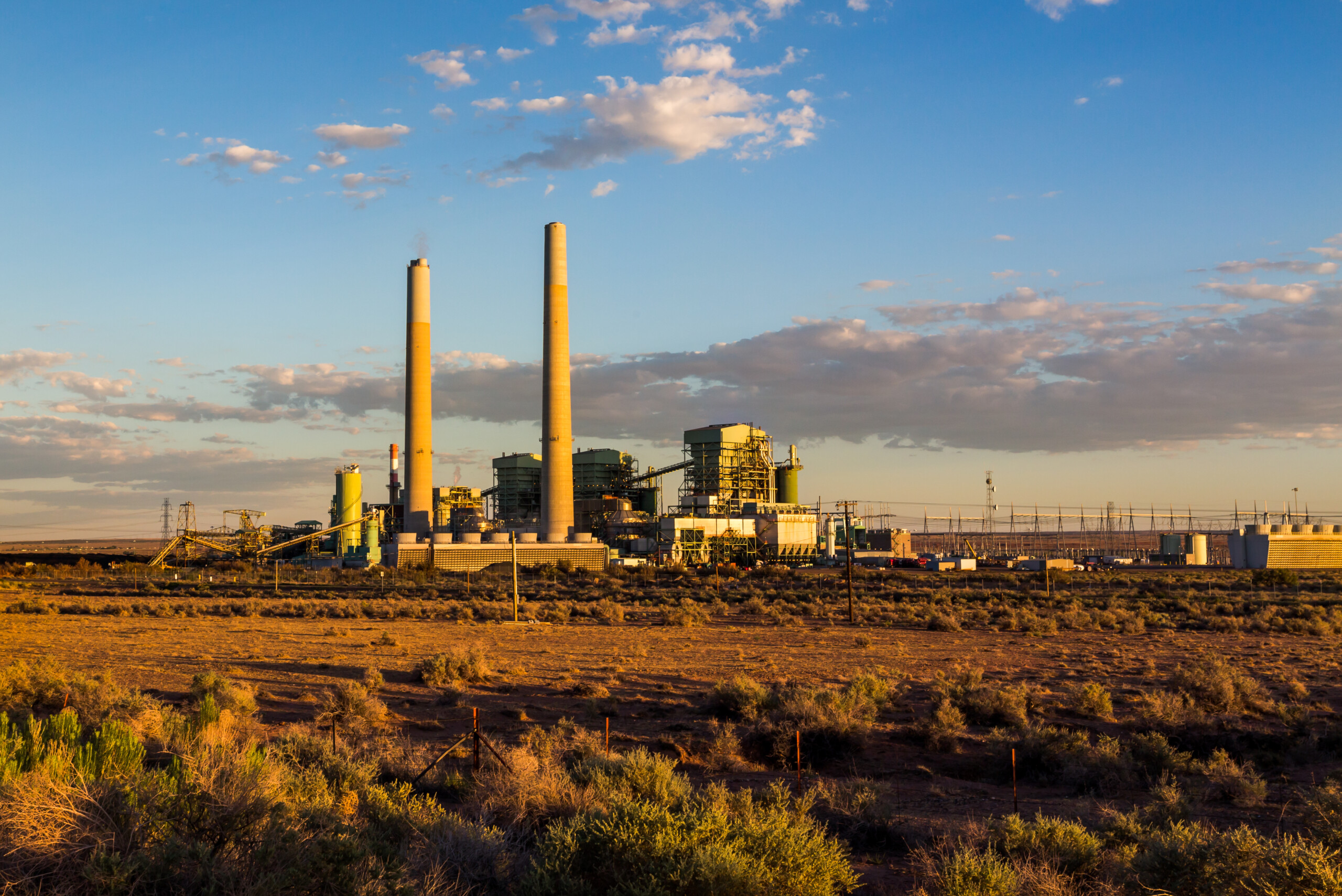November 3, 2023
Polluting fossil fuels will continue to comprise half of the energy resources utilized by Arizona Public Service, according to a new filing which will guide how the utility will generate electricity for the next 15 years.
To avoid the most catastrophic impacts of climate change, we need to reduce economy-wide emissions of climate changing greenhouse gases at least 50% by 2030 and achieve complete decarbonization by 2050. Economically achieving this science-based economy-wide emissions target requires swifter reductions from the power sector, where mature, low-cost zero-emission technologies are already available. Therefore, to be aligned with science-based climate goals, utilities need to reduce their carbon emissions 80% from 2005 baseline levels by 2030.
APS does not plan an accelerated closure of the coal-powered Four Corners Generating Station, despite cost projections showing significant savings if the plant is closed in 2028. The utility plans to issue requests for proposals for 1,000 MW of new generation, 700 MW of which will come from renewable resources. APS states its resource mix will include 65% clean energy resources – a figure that includes nuclear power – and 45% renewable resources by 2030. The utility plans to reach a carbon-free resource mix of 73% by 2031 and will remain at that level until 2038. This equates to roughly a 46% reduction in carbon emissions by 2030, far from the 80% reductions that are in-line with climate science.
The impacts of climate change are all around us, from drought and wildfires to the hottest summer on record this year. Continued reliance on fossil fuels not only accelerates the climate crisis, but also results in higher, more volatile electricity costs for customers. We look forward to continuing to work closely with APS and the Arizona Corporation Commission to identify ways the utility can accelerate its efforts to bring the benefits of clean energy to Arizonans.
Other states and major utilities in the West are seizing the economic and public health benefits of the clean energy transition. For example, Xcel Energy in Colorado has committed to an 85% emissions reduction by 2030. In addition, a new report prepared for the Colorado Energy Office found that Colorado can cut greenhouse gas emissions 98.5% by 2040 without the need for major new policies or costs to consumers.
APS will review the highlights of its IRP in a public stakeholder meeting on Nov. 7, 2023 from 9:00 a.m. to noon via Microsoft Teams. Details on how to join this meeting will be posted on the APS website here. Stakeholders have until Jan. 31, 2024 to respond to the IRP, and APS’ response to comments will be filed by May 31, 2024. Arizona Corporation Commission staff will make its assessment of the IRP by Aug. 30, 2024.
Contact
James Quirk, 908-902-3177, james.quirk@westernresources.org



